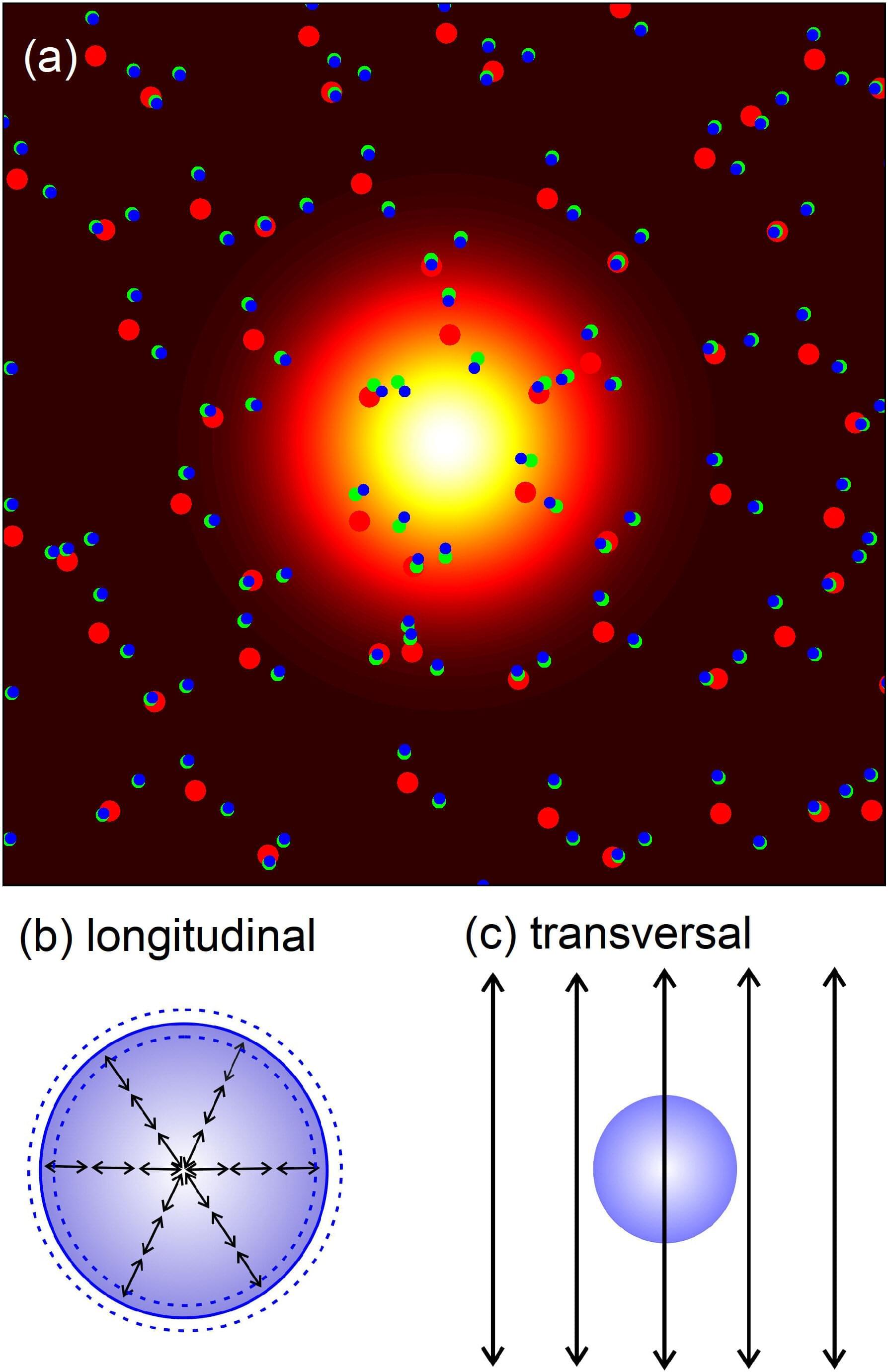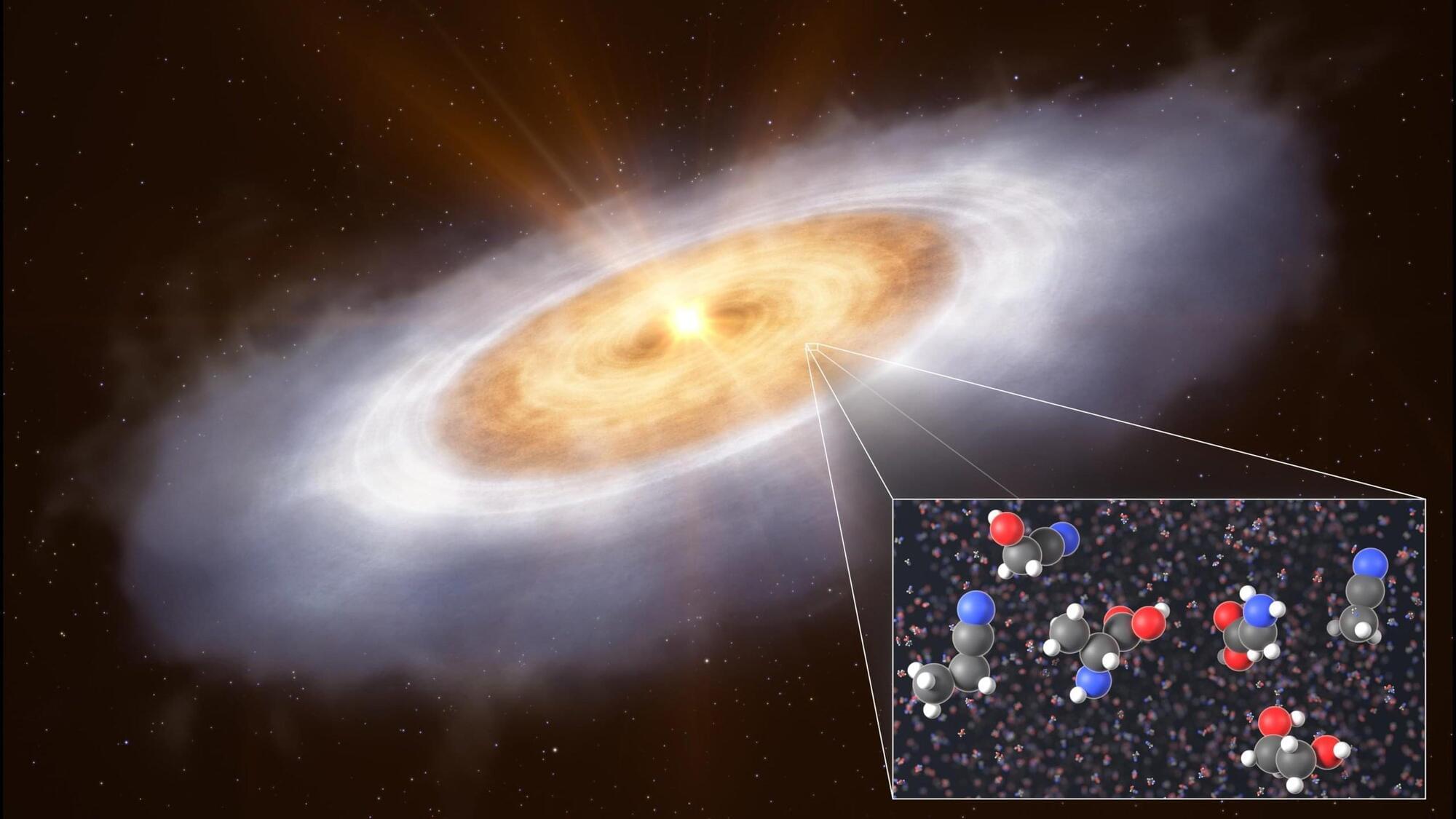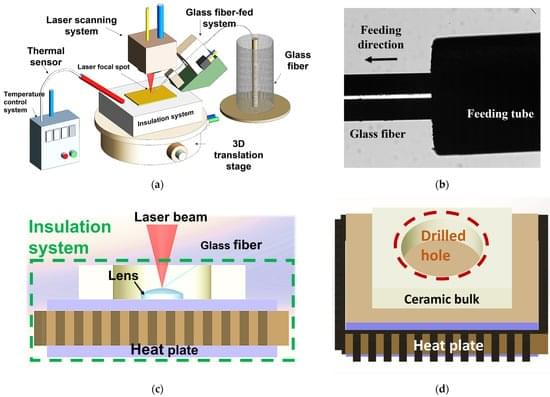The ultrafast placement of an electron in a polar liquid generates collective molecular vibrations in a spherical nano-volume. The vibrations change the diameter of this sphere periodically for more than 100 picoseconds.



Most stars throughout the Universe are part of binary or multiple star systems. In these systems, a nearby companion star can make it difficult for planets to form and remain in stable orbits around just one of the stars.
A research team made up of international astrophysicists, led by Professor Man Hoi Lee from the University of Hong Kong’s Department of Earth Sciences and Department of Physics, along with MPhil student Ho Wan Cheng, has confirmed a highly unusual planetary discovery.
They identified a planet orbiting in the opposite direction of its binary stars’ movement, known as a retrograde orbit, within the nu Octantis (nu Octantis) binary system. Their work also sheds light on how the evolution of binary stars may have influenced the planet’s origin. These results have been published in the journal Nature.
Scientists have imaged atomic thermal vibrations for the first time, revealing hidden patterns that could redefine quantum and nano-electronic device design. Scientists studying atomic-level behavior in advanced electronic and quantum devices have successfully captured the first-ever microscopy i
Critical flaw in Cursor AI editor let attackers execute remote code via Slack and GitHub—fixed in v1.3 update.





In recent years, 3D printing glass optics has gained massive attention in industry and academia since glass could be an ideal material to make optical elements, including the lens. However, the limitation of materials and printing methods has prevented 3D printing glass optics progress. Therefore, we have developed a novel printing strategy for germanate glass printing instead of pure silica. Moreover, compared with traditional multi-component quartz glass, germanate glass has unmatched advantages for its mid-infrared (MIR) transparency and outstanding visible light imaging performance. Furthermore, compared with non-oxide glass (fluoride glass and chalcogenide glass), germanate glass has much better mechanical, physical, and chemical properties and a high refractive index.